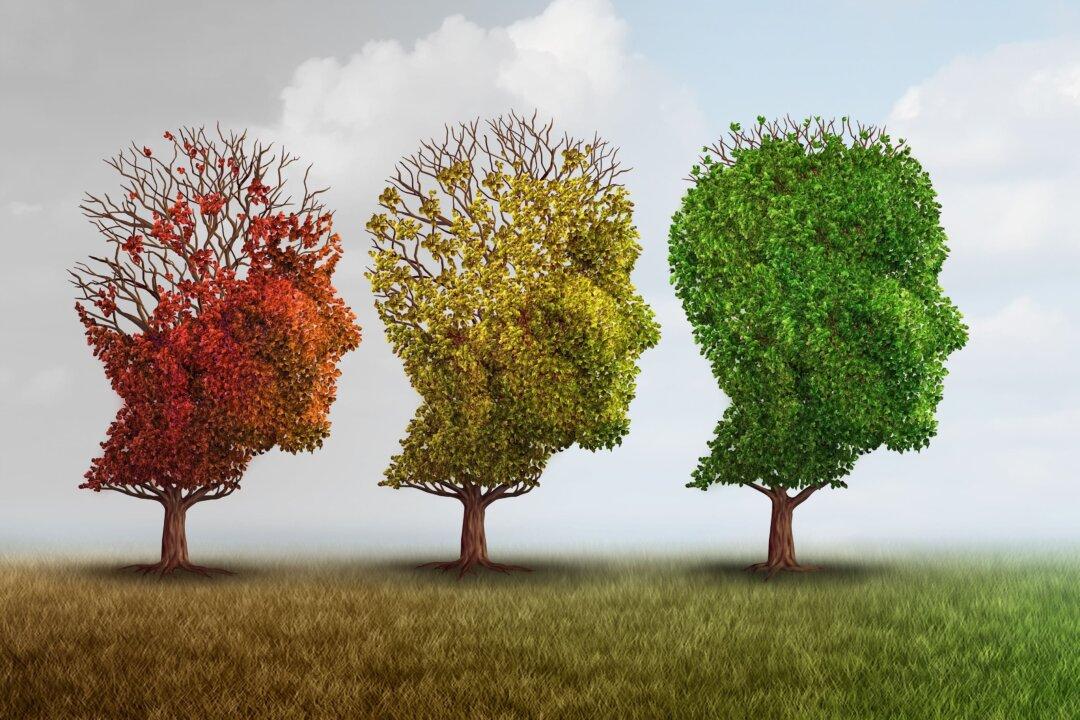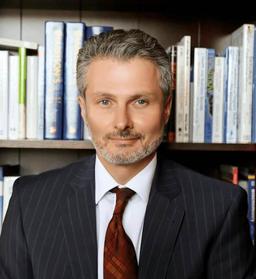For decades, conventional medicine has offered little regarding the treatment of patients suffering from dementia or cognitive decline. Alzheimer’s disease is now the third-leading cause of death in North America, after heart disease and cancer. But treatment is possible.
It is estimated that dementia will afflict approximately 50 percent of the next generation of senior citizens (that would be every other person between the ages of 40 and 60 reading this article right now). Most seniors today feel utterly helpless as they witness the deterioration of their cognitive abilities. Some even accept this as a normal part of aging. But dementia is not a normal part of aging and should not be accepted as such.






